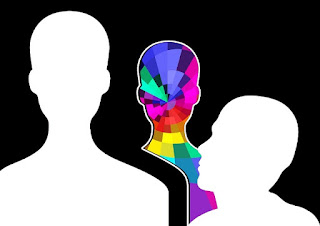Today, there are plenty of window furnishings property owners
can invest in to boost the functionality and beauty of their property. Curtains
and blinds are among the best investments. It is quite interesting to learn
some great facts about them.
Curtains And Blinds Facts
Did you know how the first Roman Blinds were born? The Romans
became tired of all the debris and dust blowing into their homes. Hanging damp
pieces of cloth over their doors and windows was their ingenious solution. And
this became the first Roman Blinds and the first air-con system.
Venetian blinds did not come from Venice. It was actually the
Persians who first engineered the popular slatted design known today as
Venetian blinds.
Shower Curtain was once named as the Bath Curtain. Since many
bath tubs were used to be free standing, they were outfitted with a pole attached
to a circular rod, which holds a curtain in order to allow the bather some
privacy.
The earliest known blinds were derived from evidence of the
ancient Chinese. The blinds then were made of bamboo bonded together and hanged
in windows and doorways in order to create privacy. The Ancient Egyptians, on
the other hand, were likewise doing something reeds.
Did you know who first patented the tilt mechanism found in
almost all hanging blinds today? It was John Hampson, an American inventor.
The Rose Window is one of the world’s largest windows. This
is found at the Notre Dame Cathedral in Paris. It has a diameter of 13.1 meters
and a circumference of 41.1 meters.
Trivia Info Resource: qldblindsandsecurity.com.au









